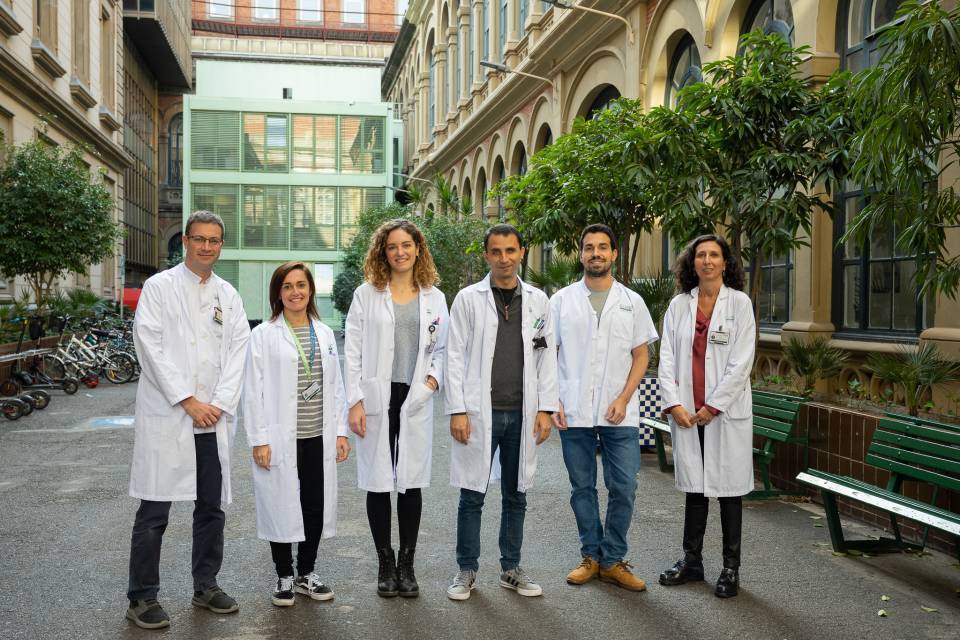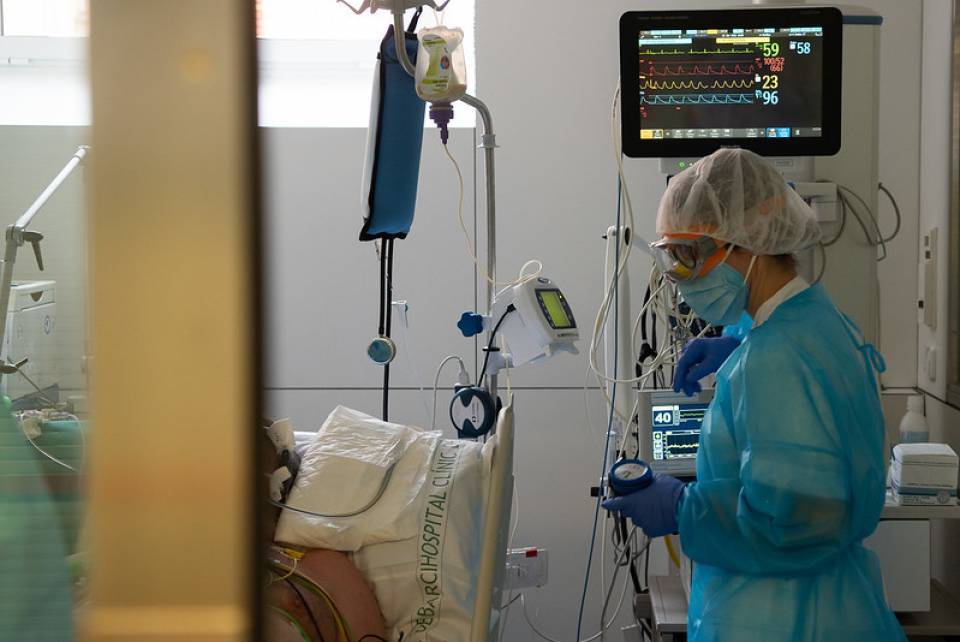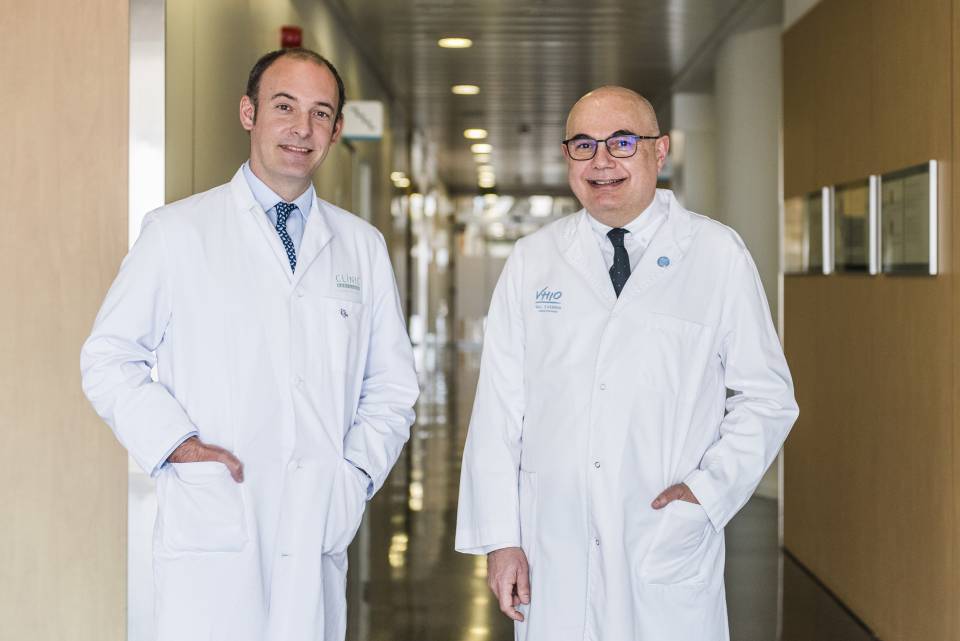Substantiated information by:

Diana Esteller Gauxax
Neurologist
Neurology Service

Yaroslau Compta Hirnyj
Neurologist
Neurology Service
Published: 27 August 2024
Updated: 27 August 2024
Subscribe
Receive the latest updates related to this content.
Thank you for subscribing!
If this is the first time you subscribe you will receive a confirmation email, check your inbox
An error occurred and we were unable to send your data, please try again later.


